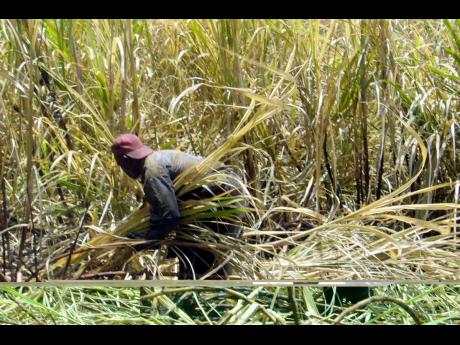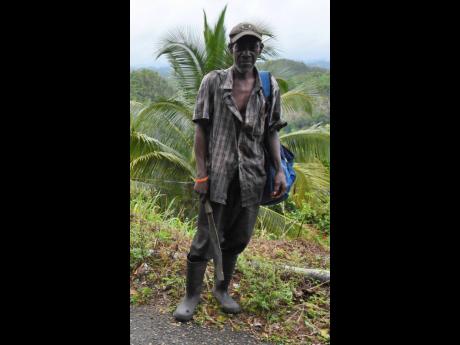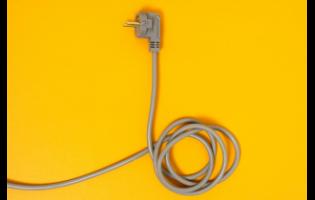‘A hard work!’ - Cane cutter says reaping sweet grass is not easy
For many persons who live in close proximity to the sugar cane plantations in Jamaica, harvesting the crops forms an important part of their financial existence. One such is 47-year-old Justin Garrick, who painted a picture of the job as bittersweet.
Garrick said that he has been cutting sugar cane in Lluidas Vale, St Catherine, where the Worthy Park Sugar Company has plantations, for the past eight years.
"I am very happy to be able fi work and feed mi family, but di work not easy, so if you want to do it you can't be lazy," Garrick said.
"A hard work!"
According to the seasoned cane cutter, the workday for the crop season starts as early as 3 a.m. He said that starting to cut the burnt sugar cane before the sun rises has its advantage, due to the labour-intensive nature of the task. He reasoned that it is best to be in full flight by the time the sun comes out in its glory.
Once cut, sugar cane is gathered and moved to the factory where it goes through various processes before being turned into sugar crystals.
"Despite the machines that them use to sow the cane, the cutter (human beings) are still very much involved, but di money is never enough," said one man, adding that a cane cutter earns an average of $300 per ton of sugar cane that he cuts.
Help local economy
"We get paid every two weeks for the work that we do and it help local economy such as shops, hardwares, stores and churches. Communities such as Tydixon, Lluidas Vale, Ewarton, Moneague and Claremont all benefit from the crop as the workers support the business place dem," Garrick said.
Earning hard cash from the hard labour is the sweet side of cane cutting. But it has its downside, cane cutters have said. Men have had to face the hazards of being stung by dangerous insects such as scorpions and centipedes. Some cutters have also had the misfortune of being cut by machetes. Workers have argued for more protective gear for cane cutters, many of whom have seen calluses develop in the palms of their hands as a result of the continuous wielding of the bills.
Many sugar plantations go the route of mechanical planting of the sugar cane but have retained the manual element for harvesting of the crops. The Organization of American States (OAS) noted that in Brazil, the largest sugar cane producer in the world, only 30 per cent of harvesting is done mechanically.
"In Jamaica, manual harvesting is practised by the industry and most likely will remain so in the foreseeable future," the OAS said in a document on biofuels development in Jamaica.






































